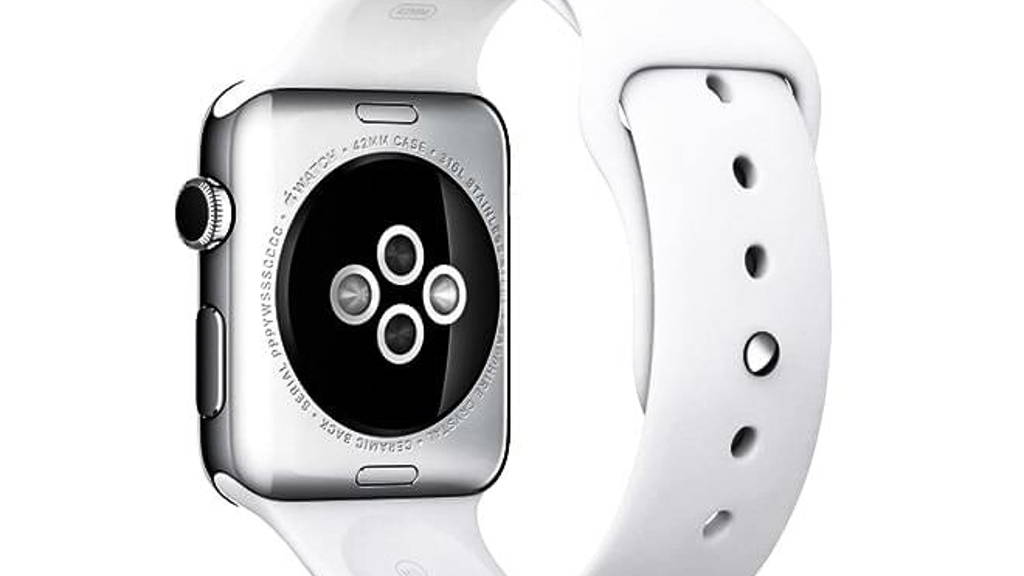Researchers at Cleveland Clinic wanted to test how well the four popular wearable devices measured heart rate, which is involved in a formula that calculate how many calories a person is burning while they exercise. The research was published in JAMA Cardiology
During the tests 50 healthy adults were hooked up to an electrocardiogram (EKG), the gold-standard test for measuring heart activity. The researchers measured everyone at rest, then walking and jogging on a treadmill. The results obtained by Fitbit Charge HR, Apple Watch, Mio Alpha and Basis Peak were compared, while the researchers also assessed a chest strap.
Accuracy also went down as intensity increased. Blackburn states: “What we really noticed was all of the devices did not a bad job at rest for being accurate for their heart rate, but as the activity intensity went up, we saw more and more variability. At the higher levels of activity, some of the wrist technology was not accurate at all.”
In short, when someone needs to measure their heartbeat because of a medical condition, it’s better not to use a wrist worn wearable but a chest strap. Wearable trackers are not intended to be medical devices. Apple is said to be working on improving accuracy and features for the Apple Watch and SDK’s like HealthKit.
During the tests 50 healthy adults were hooked up to an electrocardiogram (EKG), the gold-standard test for measuring heart activity. The researchers measured everyone at rest, then walking and jogging on a treadmill. The results obtained by Fitbit Charge HR, Apple Watch, Mio Alpha and Basis Peak were compared, while the researchers also assessed a chest strap.
Chest strap most accurate
The chest strap monitor was the most accurate, nearly matching the EKG with 99% accuracy—both technologies capture electrical activity coming from the heart. Of the wrist wearables, Apple Watch had about a 90 percent accuracy. The other ones dropped off into the low 80s for their accuracy, says Dr. Gordon Blackburn, one of the study’s authors and director of cardiac rehabilitation at Cleveland Clinic.Accuracy also went down as intensity increased. Blackburn states: “What we really noticed was all of the devices did not a bad job at rest for being accurate for their heart rate, but as the activity intensity went up, we saw more and more variability. At the higher levels of activity, some of the wrist technology was not accurate at all.”
Disadvantages wrist measurements
Measuring heart rate from the wrist is convenient, but it comes with some disadvantages. All of the wrist technologies are looking at blood flow. Good contact between the photosensing cells is necessary. As a person is exercising more vigorously, there’s more bounce, so the devices may lose some of that contact.In short, when someone needs to measure their heartbeat because of a medical condition, it’s better not to use a wrist worn wearable but a chest strap. Wearable trackers are not intended to be medical devices. Apple is said to be working on improving accuracy and features for the Apple Watch and SDK’s like HealthKit.






